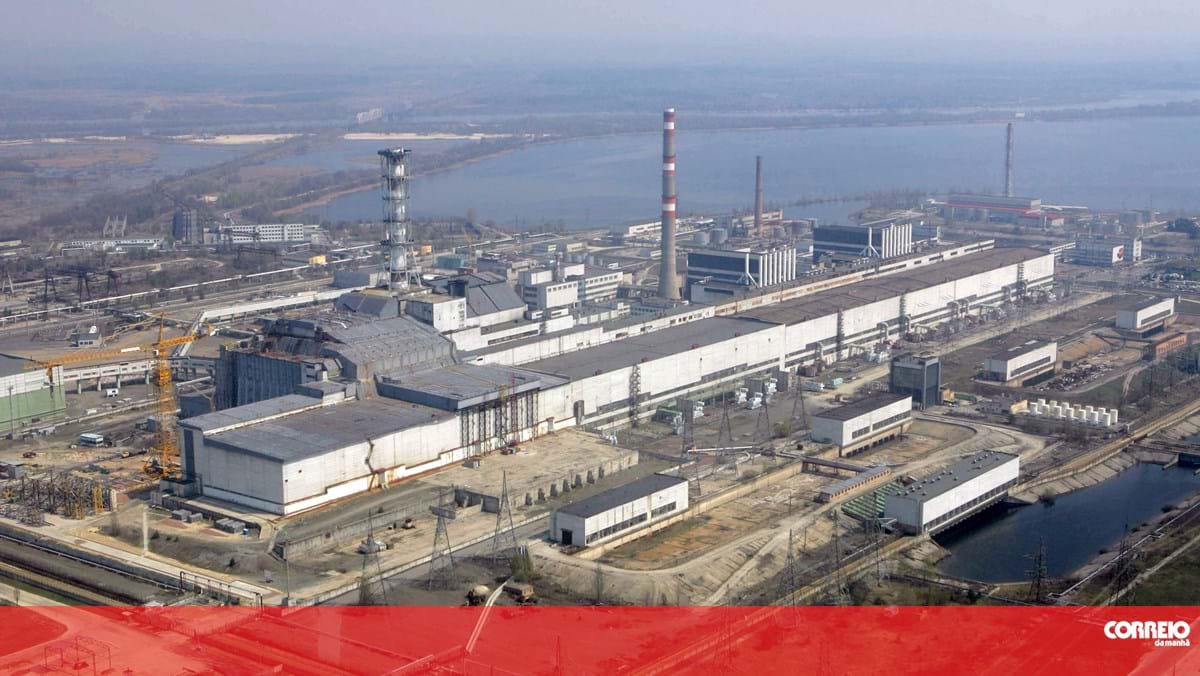Greenpeace warned this Wednesday that radioactivity measured at the former Chernobyl nuclear power plant (Ukraine) is four times the international limit for nuclear waste, at least three times the IAEA, a UN agency, estimate.
The public organization (NGO) also warned at a press conference in Kyiv about a serious accident at the Zaporizhzhya thermal power plant, occupied by Russian troops.
With the permission of the Ukrainian government, this NGO team this week measured levels of radioactivity in the vicinity of Chernobyl, the site of the worst nuclear accident in history in 1986.
Located in northern Ukraine, the site was occupied in March by Russian troops who set up camp in a nearby “exclusion zone” where they cleaned up dirt and released more radiation.
Radioactivity measured by Greenpeace on site this week ranged from 0.2 to 7.7 microsieverts per hour, three times the data released by the International Atomic Energy Agency (IAEA) in April.
The area was inspected by the IAEA-equipped, led by the director general of the agency, Rafael Grossi, who admitted that the radiation found in the excavations carried out by the Russians was six times higher than normal.
However, Rafael Grossi assured that, despite the high levels of radioactivity, they are not dangerous to health, which Greenpeace experts criticized this Wednesday, accusing Grossi of “inadequate risk management.”
According to the IAEA, the level of radioactivity detected at Chernobyl in April was equivalent to an exposure of 6.5 mSv per year, and the allowable for a nuclear power plant worker was 20 mSv.
“The IAEA is biased. It does not conduct an independent assessment of the risks associated with nuclear power,” said Thomas Breuer, an atomic energy expert at German Greenpeace.
The NGO accused Russia of “a crime against the environment and against world science” during the March occupation of Chernobyl.
On the other hand, Greenpeace demanded that Russia immediately withdraw from Europe’s largest nuclear power plant, the Zaporizhzhya nuclear power plant, located in southeastern Ukraine, as the military occupation turns it into a “time bomb.”
Environmentalists believe that the presence of the Russian military increases the risk of a nuclear accident, which is estimated to be much higher than in Chernobyl.
Anti-personnel mines and the disruption of radiation control systems in Zaporozhye could pose big problems, especially for firefighters, Greenpeace concluded.
Author: Lusa
Source: CM Jornal




